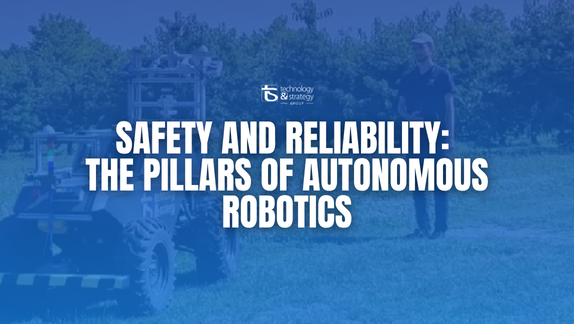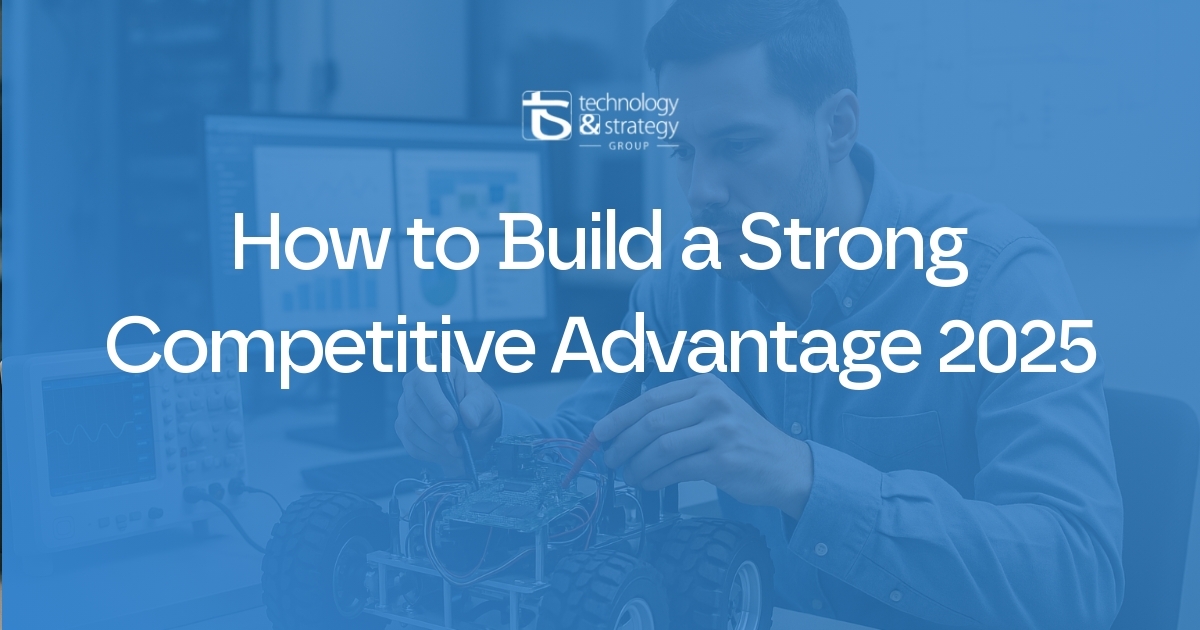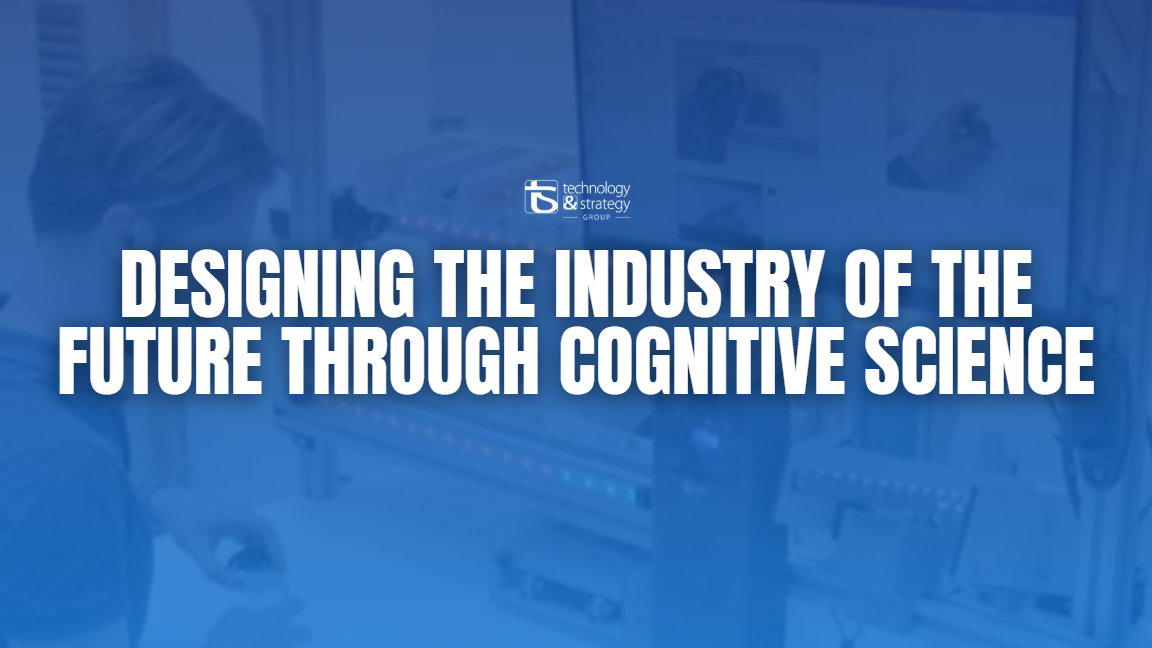At the heart of Industry 5.0, autonomous robotics is becoming a key driver of innovation. It enables machines to move with precision in diverse and often unpredictable environments.
Motion control is one of the main foundations of this autonomy, but also one of the most complex. At the Englab R&D Center, our teams develop advanced technological solutions to support companies in this growing market, offering systems adapted to their specific needs.
Navigation in complex environments
Moving through unstructured environments is a major challenge. Rough terrain, unexpected obstacles, and changing conditions require robust and adaptive algorithms. The Englab R&D Center has designed systems that adapt in real time to terrain variations, ensuring smooth and safe navigation.
Precision and reactivity
Robots must react instantly to changes in their environment while maintaining a stable and precise path. Thanks to advanced sensors and smart algorithms, our solutions deliver both high reactivity and precision, even in the most difficult conditions.
Advanced control algorithms
Our teams develop integrated control algorithms that combine data from exteroceptive sensors (LiDAR, cameras) and proprioceptive sensors (inertial units, current measurements). This global vision allows real-time adjustment of the actuators, ensuring safe and precise navigation, even in unpredictable situations.
Dynamic modeling strengthens this approach by simulating the robot’s behavior in different scenarios. It helps predict reactions and optimize control algorithms for better performance.
High-performance actuators
Actuators are central to motion control. The Englab R&D Center uses robust and powerful electric actuators, capable of maintaining high precision on demanding terrain. Integrated into sophisticated control systems, they adjust speed and direction in real time, ensuring optimal maneuverability even in extreme conditions.
Simulation integration
Before any real-world deployment, we validate our algorithms with advanced simulation environments. These simulations reproduce both the physical characteristics of the robot and the complexity of its environment. This reduces risks, improves performance, and saves valuable time during the development cycle (V-model).
This method significantly decreases potential incidents during prototype testing and accelerates the transition from concept to real-world use.
Motion control for autonomous robots presents many challenges, but the solutions developed at the Englab R&D Center pave the way for reliable and high-performance autonomy.
With advanced control algorithms, high-performance actuators, and the integration of realistic simulations, we enable robots to navigate with precision and safety in diverse environments.
These innovations create new opportunities in fields such as agriculture, construction, and environmental monitoring.
Are you working on an autonomous robotics project? Contact our team to explore tailored solutions and turn your ideas into reality.

Englab's R&D Center (T&S) organizes regular internal demonstrations of its technologies, such as KIPP robots equipped with LiDAR and multispectral cameras. Public visits are not systematic, but it is possible to request a presentation or demonstration by appointment.


Discover how Englab's R&D Center ensures the safety and reliability of autonomous robots through advanced technologies and strict protocols.
READ MORE
Discover how engineering-driven strategies capture 70% more market value by 2025. Master technical excellence, systems integration & competitive moats that last.
READ MORE
Through his CIFRE PhD at ICube with Englab and T&S, Jülian Salazar explores cognitive ergonomics and inattentional blindness to design adaptive, human-centered intelligent systems driving Industry 5.0.
READ MORE